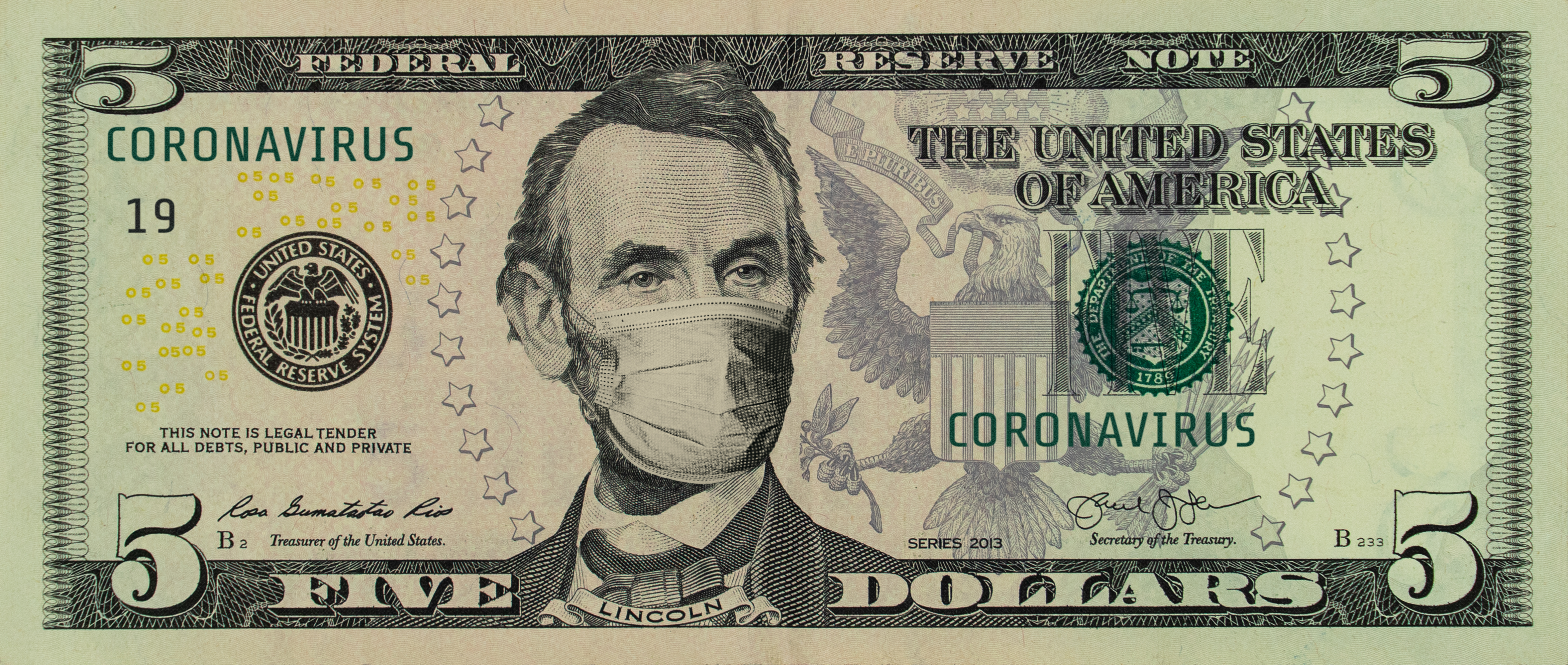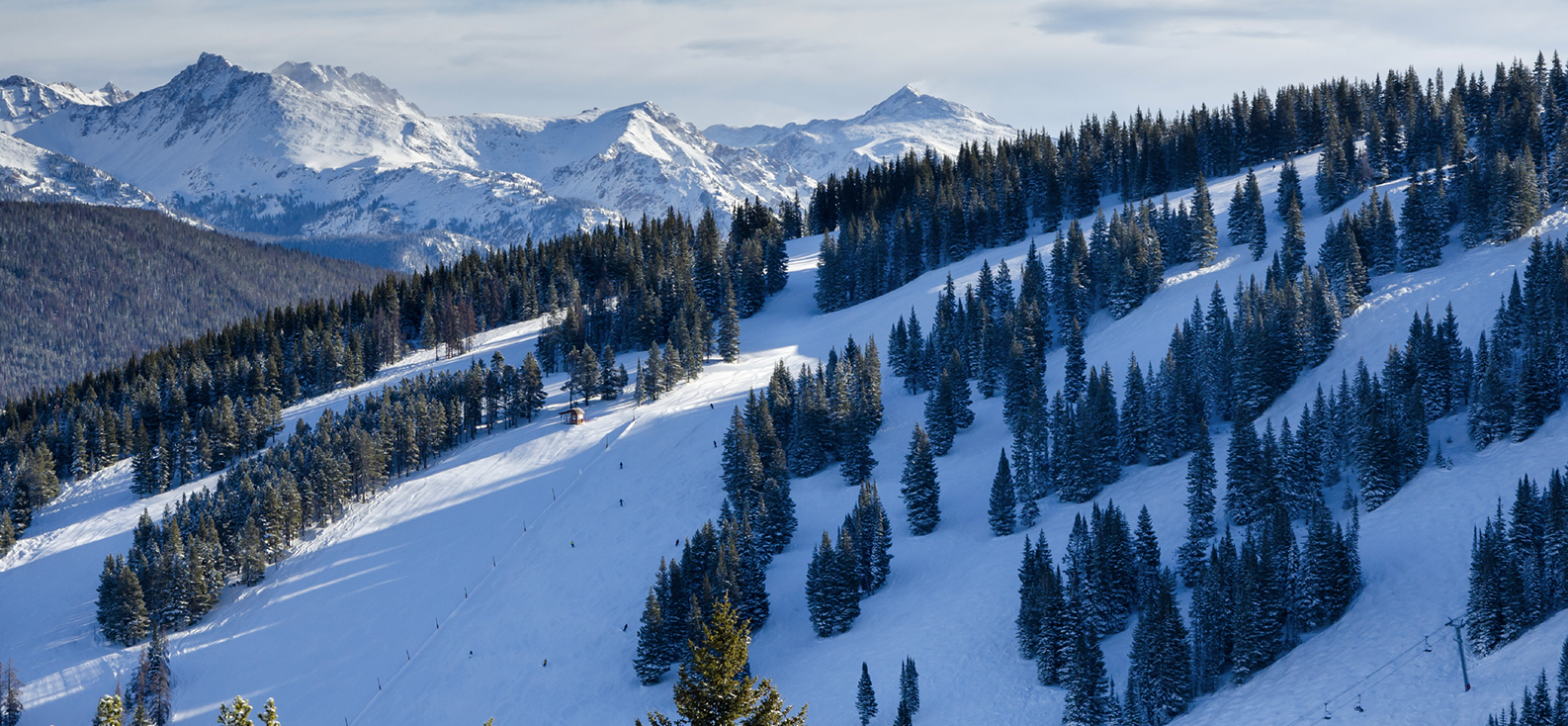US & Vail Reopening
There seems to be an inflection point in the media that a resolution to the pandemic is within sight and the country should get back to work. This change in tone has nothing to do with the fact that COVID-19 is still rising in many medium size cities and rural America but as in all things, perception trumps reality with a movement towards reopening the economy gaining momentum. The stock markets have reacted aggressively and is nothing less than speculation given metrics which do not support the recent upswing in valuations.
The Vail Homeowner Association (VHA) released a plan for the reopening of tourism. VHA is not a governmental body but is influential. The following observations are based upon last week’s Vail Daily press release and my own interpretation of what is happening in the Vail Valley.
Re-opening for Vail is going to be difficult given that our local economy is totally dependent on tourism. The town faces not only all the problems of the rest of the country but will also need visitors to feel safe about traveling.
Airlines are operating at less than 10% of capacity with a recent national poll stating that 85% of those surveyed do not yet feel comfortable about flying. It’s beginning to look like our summer season could be a bust. There are significant barriers to travel which was the first to suffer and will be the last to bounce back. By the end of 2021 Vail could return to 90% of what was normal, with ground transportation as the first phase. Business travel will follow which should help thaw the public’s resistance to getting on an airplane and/or staying in hotels. The local economy may begin to recover towards the end of this summer with ski season accelerating the reopening process. Vail Resorts released an adverse impact earnings statement through the end of first quarter 2021 which means next ski season will be less robust but hopefully not a complete write-off.
Businesses with little or no public interface will be the first to restart because risks can be controlled by temperature screening and social distancing. Public transportation will have to be reinstated and procedures implemented—such as screening, face masks and limits on numbers so employees can get to work. Eagle County has already adopted some of those evolving procedural changes.
Restaurants, bars and public gatherings will be the last to re-open until the virus spread is contained. This places a heavy burden on our local merchants, but if Vail is going to be a safe place for citizens and guests, there will need to be restrictions. Sweet Basil is making plans to reopen with the expectation that there could be more than a 50% loss in business while paving the way for other merchants to follow.
As to this coming summer I have no idea what to expect. Fear and uncertainty may be so imprinted on the public that going to an airport, getting on a plane, renting a car, and staying in a hotel with bars, restaurants, retail and many other summer activities potentially suspended; many will choose staying closer to home. If all we have to offer is outdoor activities, there are less costly and easier places to visit. Front Range Colorado and other folk within driving distance will come, but major markets that require airplane travel will be less inclined to visit. It remains to be seen whether BRAVO, the Dance Festival, our Sunday Farmers’ Market and other special events will be canceled. Right now, no one is talking but there has to be a significant risk that these events might not happen making for a very uncertain future.
The flipside to the COVID-19 recession is the stock market. Wealthy families are most exposed to losses which have been mitigated by the recent run-up as irrational as that might seem. For some, escaping city congestion and contaminants may be compelling but right now not even the Realtors are being allowed access to for-sale property which is a non-essential activity and strictly prohibited. Whatever happens, this summer will be the first step. Looking ahead I can’t help being concerned about the coming winter season. A Vail Valley ski vacation is expensive so if workplace income or investible assets have been depleted it’s an easy item to take off the list. The fear of travel will continue to be our biggest threat.
An optimistic prediction for reopening the US economy would be a 90% pre COVID-19 recovery by the end of 2021. If that happens, the country and destination travel would be doing well. Vacation home real estate could remain in hibernation for another 15 months, but for those willing to go against the grain there will be opportunities. The economic implications for America in the short run are severe, but together we will ride out this storm while coming out stronger, more efficient, with increased self-reliance, expanding innovation and global competitiveness; but at the cost of a brutal societal and employment reset.
The Vail Valley’s highly affluent customer base is financially deep and should not be underestimated. The wealthy may come out of this with less, but they will still have money. An awareness of health safety and time with family and friends will be reinvigorated, with those very special places in the world poised for a renaissance. Quality of life, the ability to work on-line, and the health benefits of getting outside will be the attractions so look for a change in social mobility. While people may be able to make more money, none of us can make more time. The clock is always ticking so try and make the most of this very precious resource.
Springtime in the Rockies is a crazy time of year. It snowed a foot last week, will likely rain this week, with sunny summertime temperatures coming. The aspen trees are budding and the birds chirping. While most of us came here for the snow, it’s the glorious summers that make us stay. Best regards from our family to yours and please think about a visit. We know getting here will not be easy but if you make the trip we promise the family will not be disappointed.




